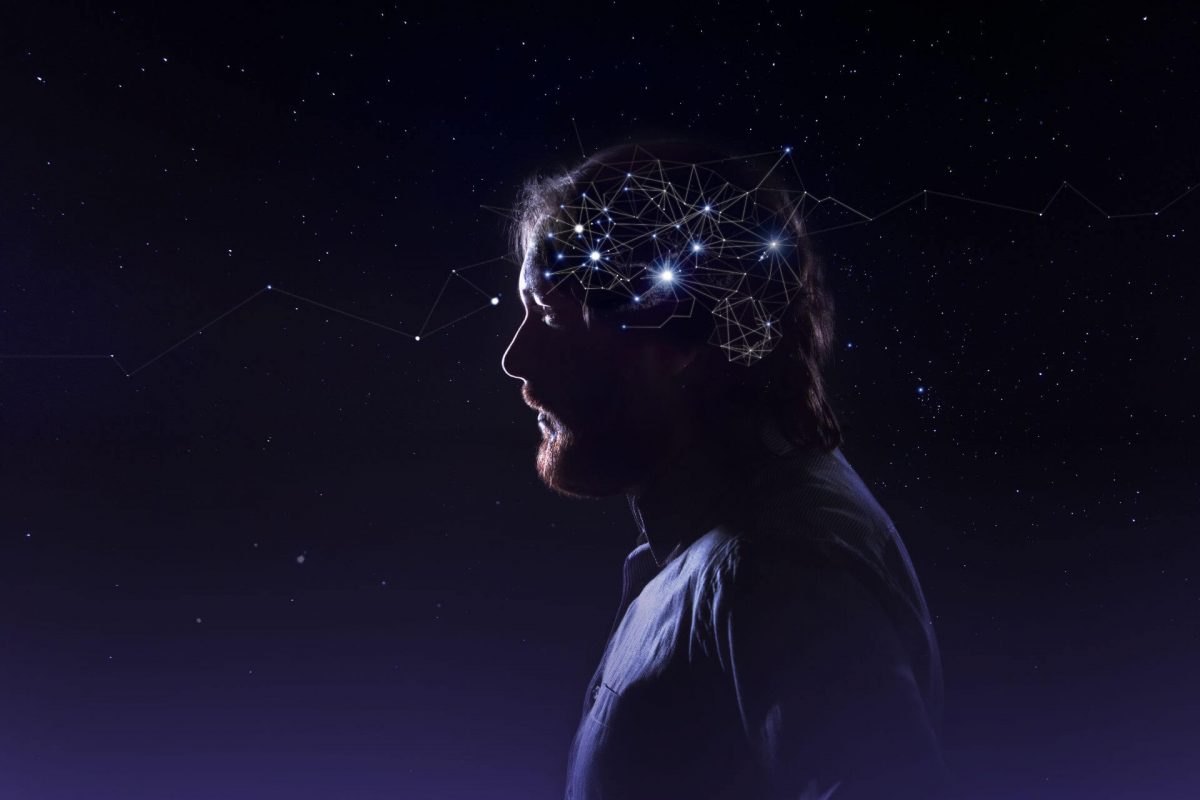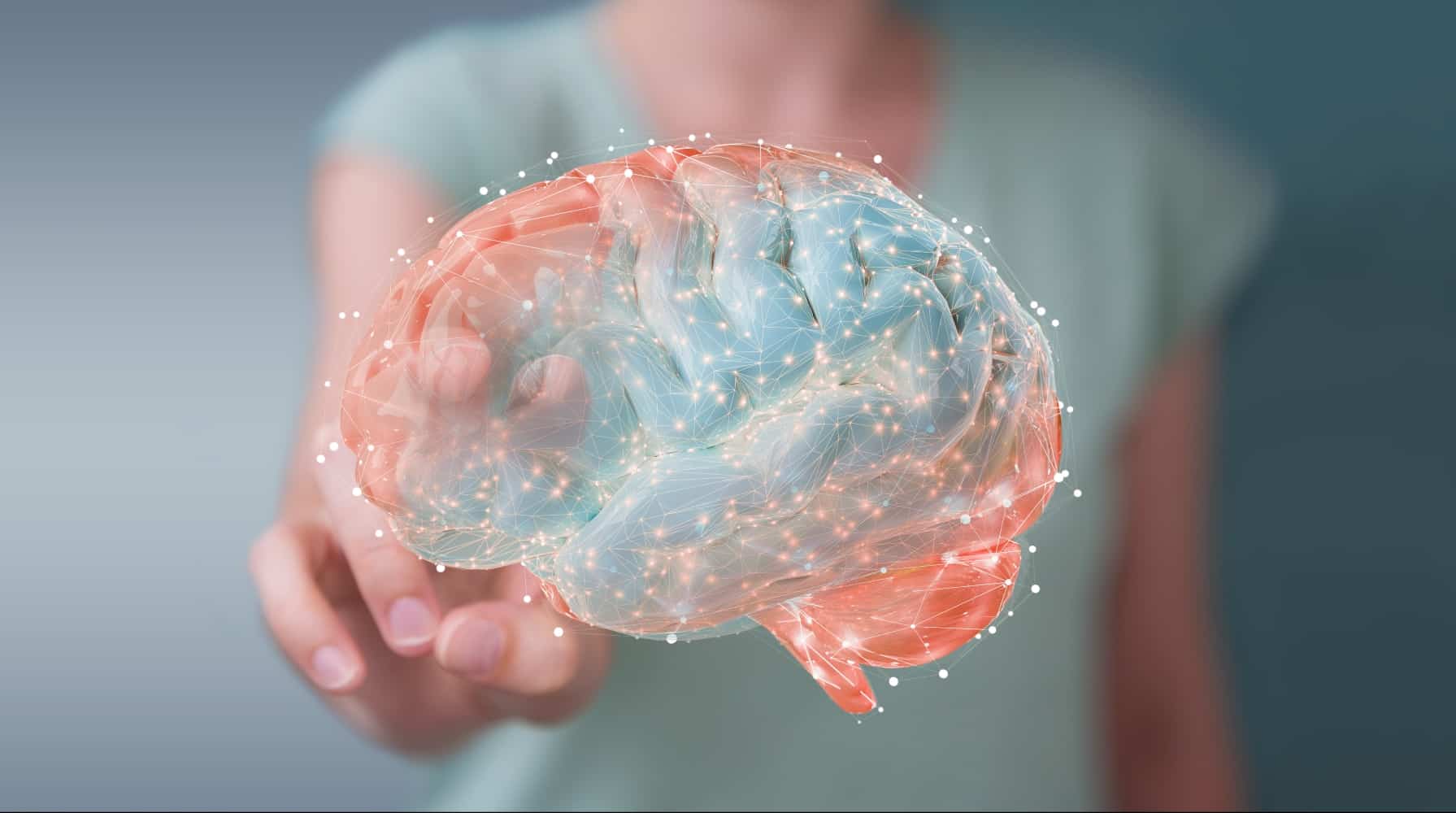Chronic pain is maintained by your emotional brain circuits, not tissue damage. Your body should have already healed itself.
Your brain anatomy and activity reorganise themselves around your experience of chronic pain.
Pain engrams are memories of pain which are stored in your brain. They are believed to be formed when you experience pain for the first time and are thought to be the basis for your emotional and physical reactions to pain.
They are thought to be stored in the same way as other memories and can be triggered in the future by similar stimuli.
In chronic pain, engrams are believed to be memories of the traumatic event that first caused the pain, as well as memories of the experience of pain itself.
Engrams can be created through neuroplasticity, which is your brain’s ability to change and adapt in response to stimuli. Neuroplasticity is believed to be a key factor in the development and maintenance of chronic pain because you are in a heightened emotional learning state, and the continued daily experience of your pain strengthens your painful memories. Your brain adapts to your chronic pain state through learning, and as a result, you learn to move differently to avoid situations that might make your pain worse. Negative emotions start motivating your decisions and actions.
Several regions of your brain are involved in your emotional experience of chronic pain, most notably your limbic system (which includes your amygdala, insular cortex, and other regions) and your prefrontal cortex.
Your amygdala plays a central role in processing emotional information, including your experience of pain. It is involved in the negative emotional responses that often accompany your chronic pain, like fear, anxiety, and depression.
Your insular cortex is involved in processing information about your bodily sensations and is thought to be responsible for the emotional component of pain perception.

Your prefrontal cortex is another region involved; it is responsible for regulating your emotions, attention, and decision-making. When you are in chronic pain, your prefrontal cortex may become less active, contributing to negative emotions and a reduced ability to cope with pain.
At White River Manor, we understand that the emotional brain circuits involved in chronic pain are complex and interconnected. Because of our in-depth understanding, we have developed an effective treatment program for chronic pain recovery.
We recognise that the most important target in treating chronic pain is your emotional brain, and our entire Pain Recovery Program is designed to target the memory pathways underlying your chronic pain.
Our program teaches you to recognize, manage, and reduce your chronic pain engrams. This will allow your brain to unlearn your chronic pain by creating new pathways in your brain.
New learning through neuroplasticity. New thoughts. New emotions. New mindset. New movement. New experiences. New you. New life!
We’re here to help
Let’s talk
Call now for a totally confidential, no-obligation conversation with one of our professionals.
White River Manor has partnered with Dr Wayne Kampers, a renowned psychiatrist and pain recovery specialist, to create an exclusive 12-week Pain Recovery Program. Dr Kampers is an expert in chronic primary pain treatment and a pioneer in the field. He and his wife Laura, a Pain Reprocessing Therapist and Mind-Body Coach, will be sharing their decades of experience with White River Manor’s medical team. For more information, see our new pain recovery program.







